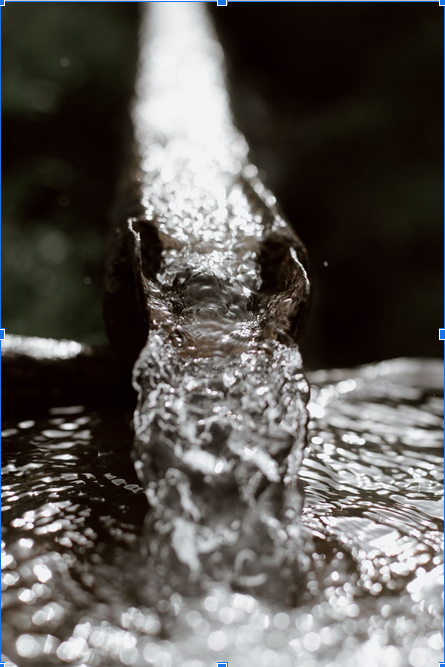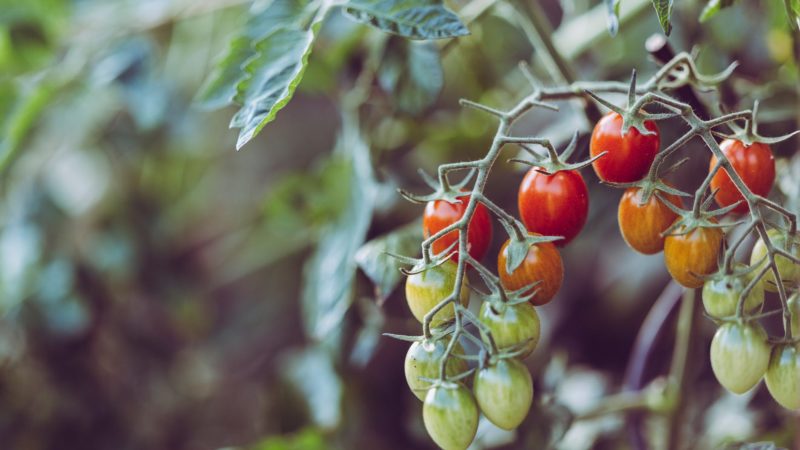4 Best Landscape Drainage Techniques and Methods

Standing water can cause a ton of expensive damage to your property, including your home’s foundation. Plus, it attracts pests and can smell bad if left long enough. So, you’ll need to know how to deal with it as soon as possible.
There are four landscape drainage techniques and methods that you’ll want to know. Keep reading to find out more!
1. Add More Thirsty Plants
Some plants soak up a lot more water than others. Adding some of these species near problem areas in your yard can help with drainage. Plus, you can choose plants that look nice and add to the overall appearance of your landscape.
Trees and shrubs are wonderful options since they need large amounts of water to thrive. Some of the best trees for drainage include red maples, river birches, and ash trees. While summersweet, American cranberries, and inkberries are some of the best shrubs for the job. You’ll need to choose plants suitable for your area’s zone.
There are plenty of beautiful flowers to pick from, too, such as daylilies, bee balm, and purple coneflower.
Simply adding these plants to your landscape can drastically help with water overflow. However, you can also build a rain garden if you deal with a lot of runoff water.
2. Create a Rain Garden
Photo by Markus Spiske on Unsplash
After choosing your plants, you can also build a rain garden. These gardens collect water during rains instead of allowing water to build up on your property. You’d want to build your rain garden at the bottom of a slope so water naturally travels there.
Here’s what you can do to build your rain garden:
- Determine where rain travels naturally in your yard. It would be at the bottom of a slope or near downspouts.
- Call 811 before you start digging. The operator will let you know where it’s okay to dig and will mark where your utility lines are underground. You cannot skip this step!
- Build a channel to direct water to the garden bed. It must be 10 feet away from your house and other buildings. If water pools around your home, you can redirect that to your rain garden instead.
- Dig a garden bed at the base of where you directed the water flow. Water should enter the bed without issue.
- Add large rocks around the bed to help prevent erosion.
- Fill the garden bed with plants that absorb a lot of water quickly. Coneflowers are one of the best choices. Although, you should choose plants native to your area so you know they’ll thrive. It’s also essential to use mature plants as young ones won’t be able to absorb water quickly.
- Don’t hesitate to experiment with the plants you keep in your rain garden.
3. Consider Installing Drains
Photo by Frank Albrecht on Unsplash
There are plenty of cases where adding more plants to your yard won’t deal with all the water you need to get rid of. Luckily, you can have professionals install a drainage system for you. These systems safely transport water away, so they’re convenient and practical.
There are a few different types of drains to consider including:
- Trench drains
- French drains
- Sump pumps
- Dry wells
Let’s break all of these drainage options down in more detail.
Trench Drains
Trench drains are perfect for a variety of situations. They work best at removing water from areas where it pools on flat surfaces. For instance, if your property seems to collect water around your driveway or near your home, the drain can easily transport it away.
This system is also highly versatile since you can put it anywhere your property struggles with standing water. It also handles more water than rain gardens, making it the perfect alternative to place at the bottom of a slope.
Overall, trench drains are one of the best options for many people.
French Drains
French drains are another popular option to set up in landscapes. They consist of a series of pipes that moves water away from your yard, preventing standing water from gathering on your property.
However, these systems won’t be as effective at dealing with large amounts of standing water as a trench drain. Before choosing one, you’ll need to consider how much water accumulates in your yard.
Sump Pumps
If you’re having problems with water near your home, a sump pump is another great way to deal with it. They can connect to your gutter spouts or basement drainage systems, allowing them to keep water from building up near your home’s foundation.
Generally, you need to consider adding a sump pump if you previously had problems with flooding in your basement.
Dry Wells
Dry wells take water runoff from your roof and drain it into an underground pit. The collected water slowly leaves the well, returning to the water table.
These systems work well as long as they don’t need to move contaminated water. However, clogging can be a concern since debris often flows into them.
You can also pair dry wells with other drainage systems to get the best results.
4. Try Aerating Your Lawn
Finally, you can give aerating your lawn a try. This option works well when you don’t need to manage much water. You’d want to do this in the spring so the grass can grow back quickly to hide the holes. Then, get started the day after a decent rain.
You’ll also need to use aeration tools, which remove cylinders of soil from the ground. The idea is that removing some of the soil allows more air to enter the earth, increasing aeration. With increased aeration, the soil in your yard will drain better.
Choose Trench Drains for Your Drainage Needs
If you must drain a large amount of water from your property quickly, a trench drain will suit you the best. They’re easy to install and incredibly effective at moving moisture away from your and your neighbors’ homes.
Drainage is essential in any landscape, so consider your options carefully. You wouldn’t want to leave any standing water around.






